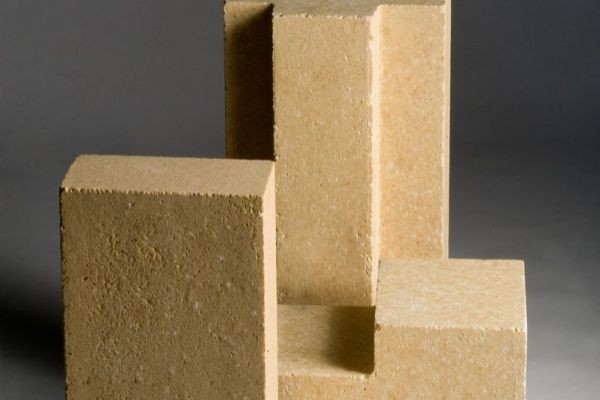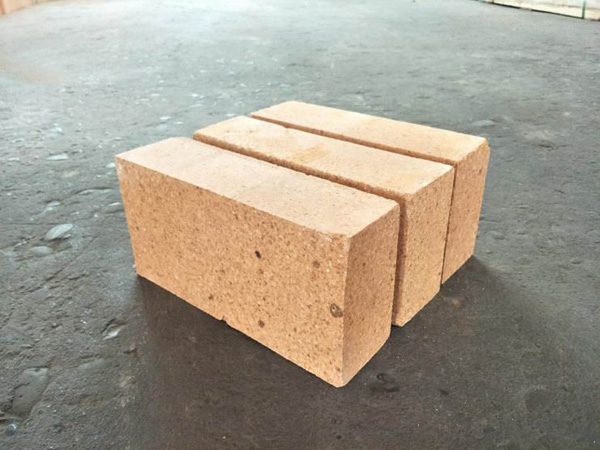- 17
- Mar
What is the difference between high alumina brick and clay brick?
What is the difference between high alumina brick and clay brick?
People in the refractory industry know what clay bricks and high alumina bricks are from the appearance, but if you ask him to tell the difference between clay bricks and high alumina bricks, many people don’t know. Today Zhengzhou Sheng Energy refractory manufacturers will explain:
High alumina bricks are usually made of high alumina bauxite clinker plus a small amount of clay, after being ground, they are poured and shaped in the form of mud by the gas generation method or the foam method, and then fired at 1300-1500°C. Sometimes industrial alumina can be used to replace part of bauxite clinker. It is used for the lining and heat insulation layer of masonry kilns, as well as the parts that are not corroded and scoured by strong high-temperature molten materials. When in direct contact with the flame, the surface contact temperature shall not be higher than 1350℃.

High alumina bricks have higher refractoriness and load softening temperature than clay bricks, and have better slag corrosion resistance (especially for acid slag), and these properties increase with the increase of Al2O3 content, but the thermal stability is not as good as clay bricks. High alumina bricks have high density, low porosity, high mechanical strength and wear resistance. The furnace head of the coke oven combustion chamber and the bottom bricks of the carbonization chamber are built with high alumina bricks, and the effect is better; but it is not suitable for the wall of the carbonization chamber, because high alumina bricks are prone to curling corners at high temperatures. .
Clay bricks, thermal insulation refractories refer to refractories with high porosity, low bulk density and low thermal conductivity. Thermal insulation refractories are also called lightweight refractories, which include thermal insulation refractory products, refractory fibers and refractory fiber products . Thermal insulation refractories are characterized by high porosity, generally 40%-85%; low bulk density below 1.5g/cm3; low thermal conductivity, generally below 1.0W (m.K).
It acts as a thermal insulation material for industrial kilns, which can reduce the heat loss of the kiln, save energy, and reduce the quality of thermal equipment. Thermal insulation refractories have poor mechanical strength, abrasion resistance and slag corrosion resistance, and are not suitable for the load-bearing structure of the kiln and direct contact with slag, charge, molten metal and other parts.

Clay bricks are weakly acidic refractory products, which can resist the erosion of acidic slag and acidic gas, and have a slightly weaker resistance to alkaline substances. Clay bricks have good thermal properties and are resistant to rapid cold and rapid heat.
The refractoriness of clay brick is comparable to that of silica brick, up to 1690~1730℃, but its softening temperature under load is more than 200℃ lower than that of silica brick. Because the clay brick contains mullite crystals with high refractoriness, it also contains nearly half of the low melting point amorphous glass phase.
The above is the difference between high alumina bricks and clay bricks. I hope it will be helpful to you. Please feel free to contact us if you need it.
